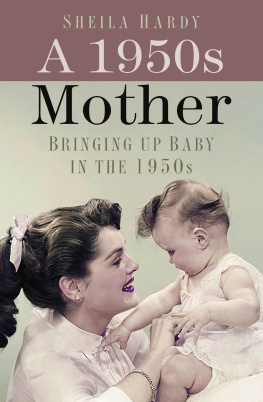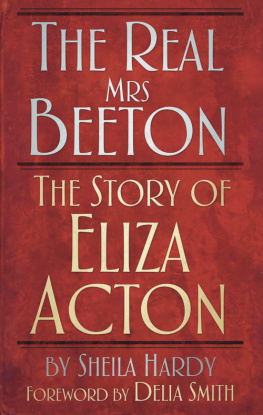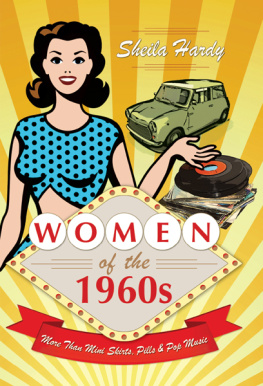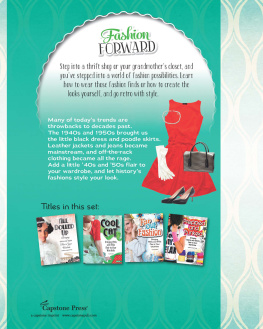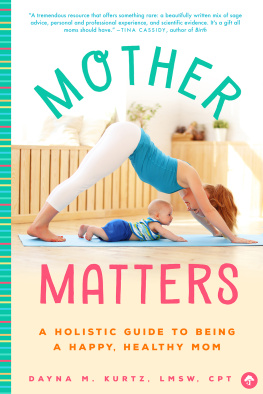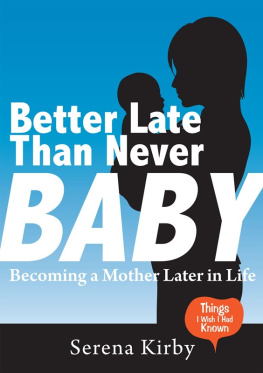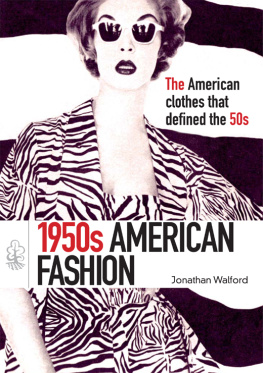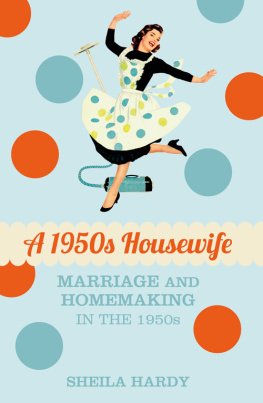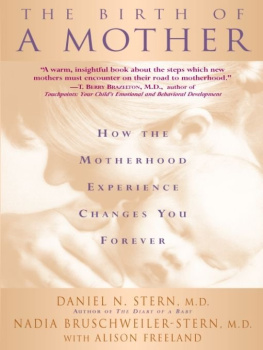Contents
Guide
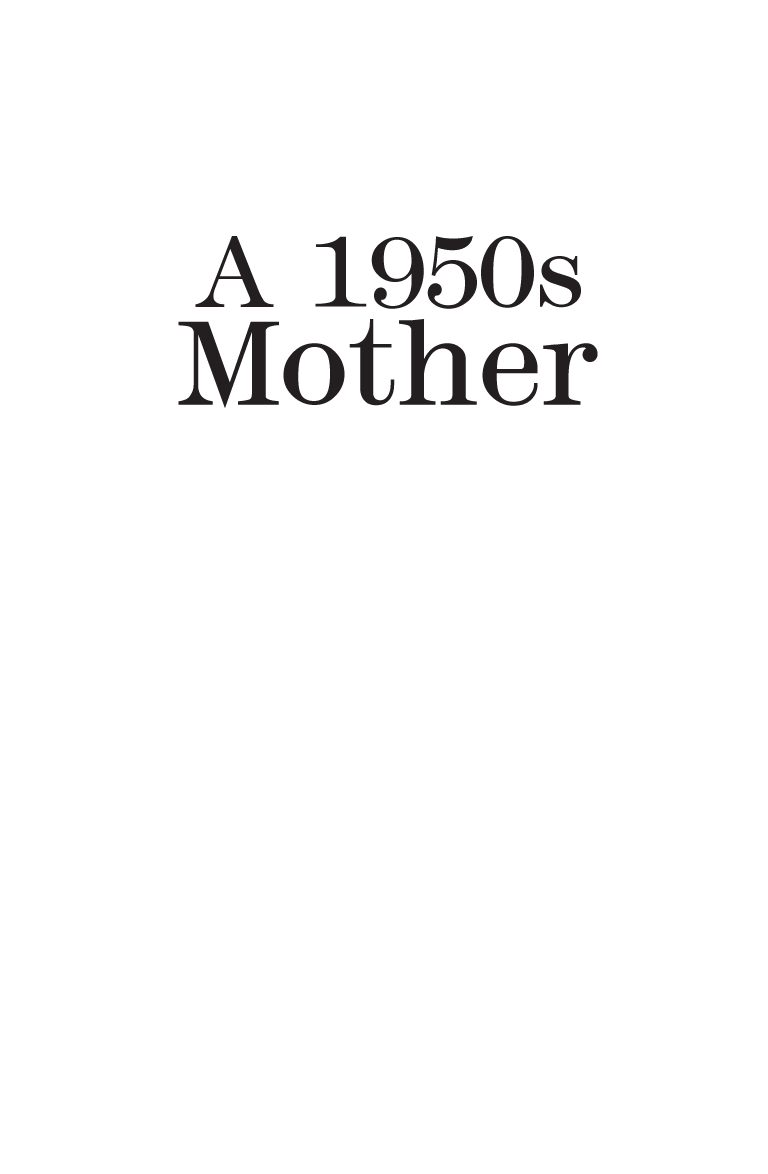
Other Books by Sheila Hardy
The Village School, Boydell Press/Anglia TV, 1979
1804 That was the Year , Brechinset, 1986
The Story of Anne Candler, SPA, 1988
The Diary of a Suffolk Farmers Wife: 185469, Macmillan, 1992
Treasons Flame, Square One Publishing, 1995
Tattingstone: A Village and Its People, self-published, 2000
The House on the Hill: The Samford House of Industry 17641930, self-published, 2001
An Admirable Wife: The Life and Times of Frances, Lady Nelson, Spellmount, 2005
The Cretingham Murder, The History Press, 2008
Arsenic in the Dumplings: A Casebook of Suffolk Poisonings, The History Press, 2010
The Real Mrs Beeton: The Story of Eliza Acton, The History Press, 2011
Murder and Crime in Suffolk, The History Press, 2012
A 1950s Housewife, The HistoryPress, 2012
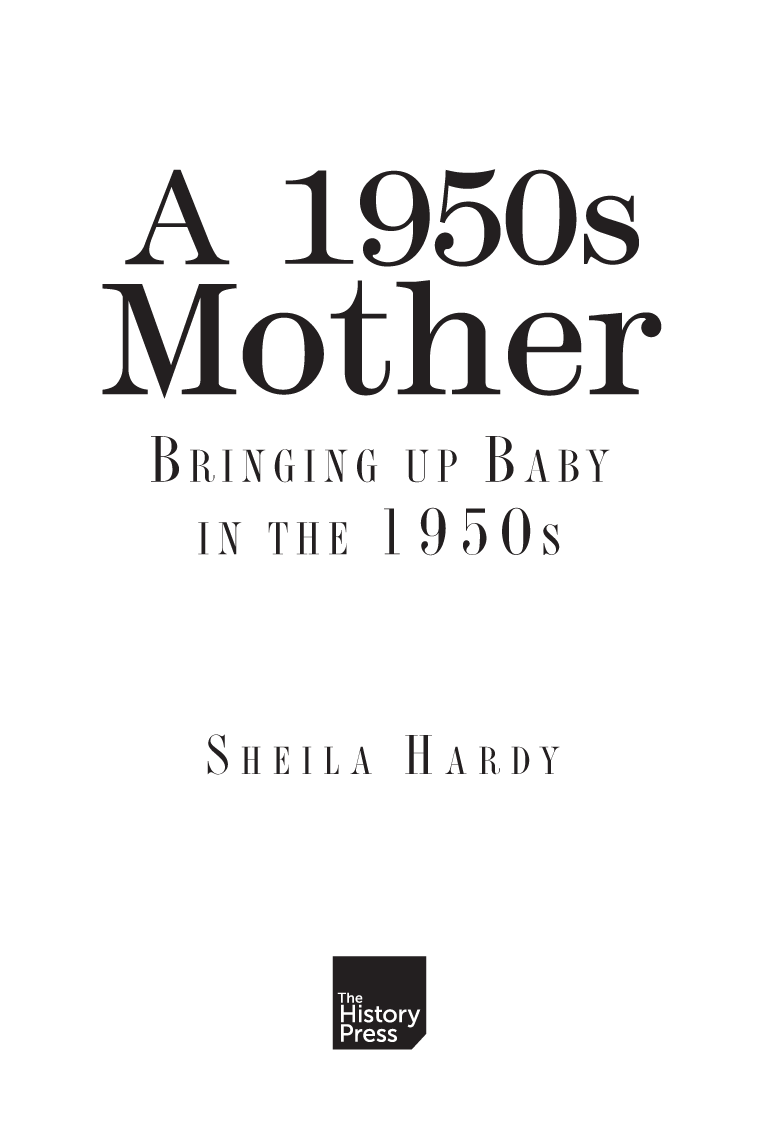
To the memory of Frances Hutchinson, the mother who laid the foundations of my life.
First published 2013
This paperback edition published 2022
The History Press
97 St Georges Place, Cheltenham,
Gloucestershire, GL50 3QB
www.thehistorypress.co.uk
Sheila Hardy, 2013, 2022
The right of Sheila Hardy to be identified as the Author of this work has been asserted in accordance with the Copyright, Designs and Patents Act 1988.
All rights reserved. No part of this book may be reprinted or reproduced or utilised in any form or by any electronic, mechanical or other means, now known or hereafter invented, including photocopying and recording, or in any information storage or retrieval system, without the permission in writing from the Publishers.
British Library Cataloguing in Publication Data.
A catalogue record for this book is available from the British Library.
ISBN 978 0 7524 9254 4
Typesetting and origination by The History Press
Printed and bound in Great Britain by TJ Books Limited, Padstow, Cornwall.
eBook converted by Geethik Technologies

Contents
Acknowledgements
E very time I embark on the long journey to produce a book, I am amazed by the kindness often of complete strangers who are willing to share with me either their expertise on a subject or their personal experiences. Never has the latter been put more to the test than in this case and in the making of its predecessor, A 1950s Housewife. Many women, now in their seventies and eighties, generously revealed personal details of their lives in answers to my questionnaires; some allowed me to attend their group meetings where exchanges of information often sparked off hitherto little known facts. To the following ladies whom I call my 1950s Mothers my debt of gratitude is enormous. To those who permitted me to use their stories to illustrate certain aspects, I hope they feel I have done them justice. So, thank you to: Mesdames Angland, Billsberry, Bland, Bolton, Brittain, Coker, Cox, Jacobs, Lankester, Lawrence, Lemon, Perrins, Porter, Randall, Richardson, Slater, Smith, Stannard, Watkins and Williams.
When talking to the members of the Chantry Library 55 Alive group I hit an extra vein of gold with the discovery that some of them were 1950s children. They too were most helpful with their recollections of their earliest memories as well as being able to provide some interesting photographs. Friends and relations were also dragooned into looking back; included in this group of children are: Pauline Atkins, Diane Bell, A. Best, Helen Best, D. Bray, Mary Bray, Susan Garrod, Tony Garrod, Guy Smith, the Sullivan family, Colleen Taylor and Steve Williams. Mrs Pamela Green freely gave of her time to write in much detail of her experiences as a teacher in the 1950s and the Rt Rev John Waine, former bishop of St Edmundsbury and Ipswich, answered my questions concerning the service of Churching of Women, while Rachel Field helped with some background research. The following three people played a vital part by providing me with valuable printed material; so a very special thank you to Ursula Hardy for the loan of books used in her training as a Norland nanny, a precious copy of Womans Weekly and various knitting patterns. Valerie Clift lent me some rare copies of Mother and Baby magazines from the 1950s and John Kirkland allowed me to draw freely upon the Stitchcraft magazines collected by his late wife, Monica. To each and every one of you a most inadequate thank you; without your contribution, this book could not have been written. And finally, a huge thank you to Sophie Bradshaw for giving me the challenge and making me accept that the 1950s are now considered history!
Introduction
I t seems to be almost too good to be true that the middle decade of the twentieth century, that is 1955, should have been the divide between the old order and the new. So many of the accepted customs and taboos of previous centuries were broken down or swept away as modern ideas and methods took their place. While younger people readily took to the new ways, older people clung to what they considered were the best, whether in fashion or food, grammar schools or comprehensives. The clash between the old ways and the new thinking was likely to show itself most strongly where child rearing was concerned, especially if mothers were much in evidence to influence their daughters and daughters-in-law when the young women became pregnant. In a previous book, A 1950s Housewife, we met a group of women who volunteered their personal experiences of married life in that decade. In this volume, they and others reveal something of the advice and problems they encountered in bringing up their babies. The one thing that a young mother never lacked was being told how she should manage her child. The debate on the correct way to rear a child continues today, just as it has done from time immemorial.
The most illustrious mother of the 1950s was HRH Princess Elizabeth who already had two small children when she became queen following the death of her father King George VI in 1952. The two young princesses, Elizabeth and Margaret Rose had had the benefit of growing up in a loving family, enjoying a very close relationship with their parents, quite unlike the rigid, regimented childhood the king and his siblings had known. However, the very nature of their position in society meant that royal children would be raised in entirely different circumstances from the mainstream population; their day-to-day care would fall to nannies and nursemaids, and contact with their parents would be limited. Whereas the norm for the general population at that time was for the child to spend most of its early years in close proximity to its mother who looked after its needs, while its father provided for them all by working and thus was a more remote figure in the childs life.
The difference between the family life experienced by our present queen and that of her father exemplifies some of the attitudes to bringing up children that seem to have existed since civilization began. Such guidance as parents were given in the past rested on the belief that children should not be left to develop freely but, like young animals, they needed to be taught or trained how to do the right thing. How that training was to be achieved was pretty straight forward. The Bible tells us in Proverbs XIII, v.24, that training should be given with love; albeit a love that on occasions has been misinterpreted: He that spares the rod hates his son but he that loves him chastens him betimes. That is, the parent who neglects to correct his child really does not care about the child at all the loving parent punishes wrongdoing when necessary. In a later chapter, Proverbs XXII, v.6, we are told: Train up a child in the way he should go: and when he is old, he will not depart from it.

